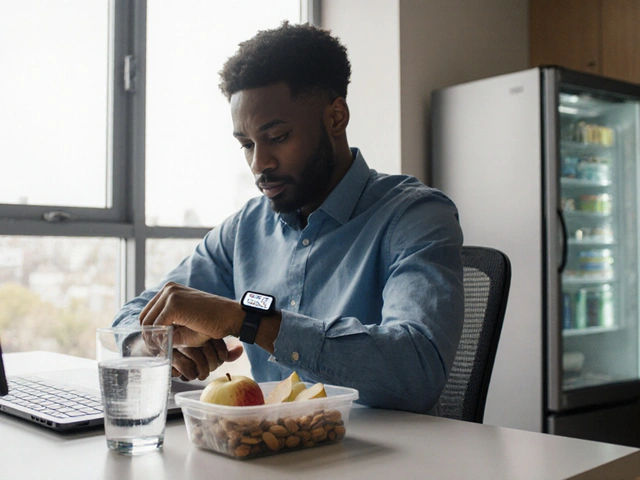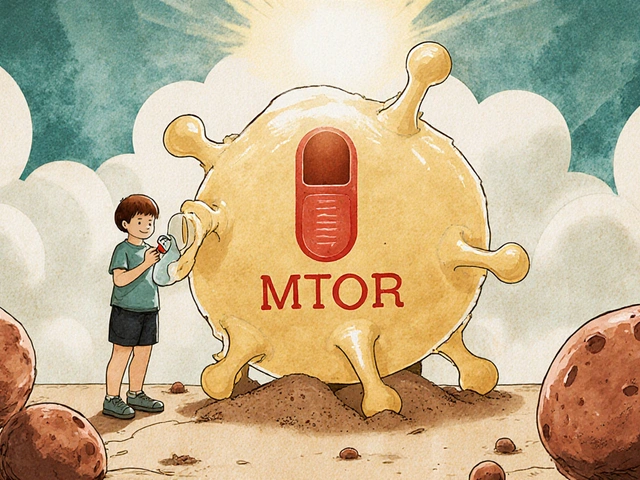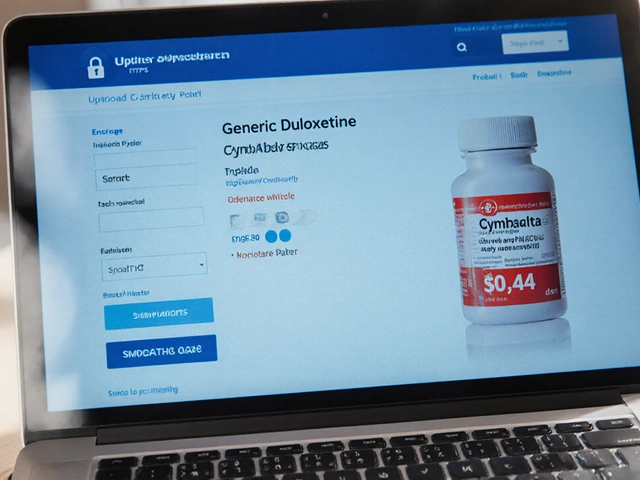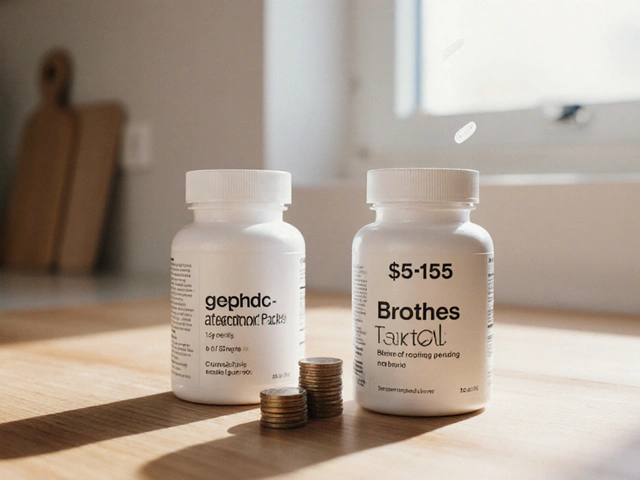COPD: Practical Guide to Living Better with Chronic Obstructive Pulmonary Disease
Did you know COPD is the third leading cause of death worldwide? If you or someone you care for has been diagnosed, this page cuts through the noise and gives clear, practical steps you can use right away to breathe better, reduce flare-ups, and keep doing things you enjoy.
What COPD is: chronic obstructive pulmonary disease is a long-term lung condition caused most often by smoking but sometimes from long-term pollution or genetic issues. It damages airways and air sacs, making it harder to move air in and out. Typical signs include shortness of breath on exertion, chronic cough, wheeze, and extra mucus. Symptoms usually build slowly, so watch for subtle drops in walking distance or needing more rests.
How it’s diagnosed: your clinician will check symptoms and use spirometry, a quick breathing test that measures airflow. Chest X-rays or CT scans and blood tests can rule out other causes or check for complications like pulmonary hypertension. Talk openly about smoking history and occupational exposures.
Treatment basics you can use now
Medications: short-acting inhalers (SABA) ease sudden breathlessness. Long-acting bronchodilators (LABA and LAMA) are for daily control. Some people benefit from inhaled corticosteroids (ICS) if they have frequent flare-ups or asthma overlap. In advanced disease, doctors might prescribe oral drugs like roflumilast, regular low-dose antibiotics, or home oxygen. Always get a clear written plan for when to use each medicine and carry rescue inhalers.
Pulmonary rehab and breathing skills: rehab mixes supervised exercise, breathing techniques like pursed-lip breathing, and education about energy-saving daily routines. A rehab program helps increase walking distance and confidence. Learn inhaler technique and consider a spacer if you struggle with coordination.
Daily habits that matter
Quit smoking now. It’s the single most effective step to slow COPD. Counseling, nicotine replacement, and medications can increase your chances. Stay physically active within safe limits: short walks, stairs, and light strength training help reduce breathlessness over time.
Preventing flare-ups: get annual flu shots and recommended pneumococcal vaccines. COVID and RSV vaccines are advised for many people with COPD. Avoid air pollution, smoky rooms, and strong fumes. Keep a written action plan with clear steps for early antibiotics or steroids if your symptoms worsen.
Practical tips and safety: Travel ready: carry extra inhalers, prescriptions, oxygen paperwork if needed, and a small spacer. Home care: humidifiers can help thick mucus, but avoid hot, dusty, or moldy environments. Nutrition and mental health matter: eat protein to maintain muscle mass and seek support for anxiety or depression, which commonly co-occur with COPD.
When to seek help: go to the ER for severe breathlessness, confusion, blue lips, or if you can’t speak in full sentences. Regular specialist follow-up matters—care plans change over time.
Want more detail? Browse our articles on inhaler options, pulmonary hypertension treatments, and practical drug guides. For treatment decisions, talk with your healthcare team to build a plan that fits your life. Keep a log of symptoms and medication use.
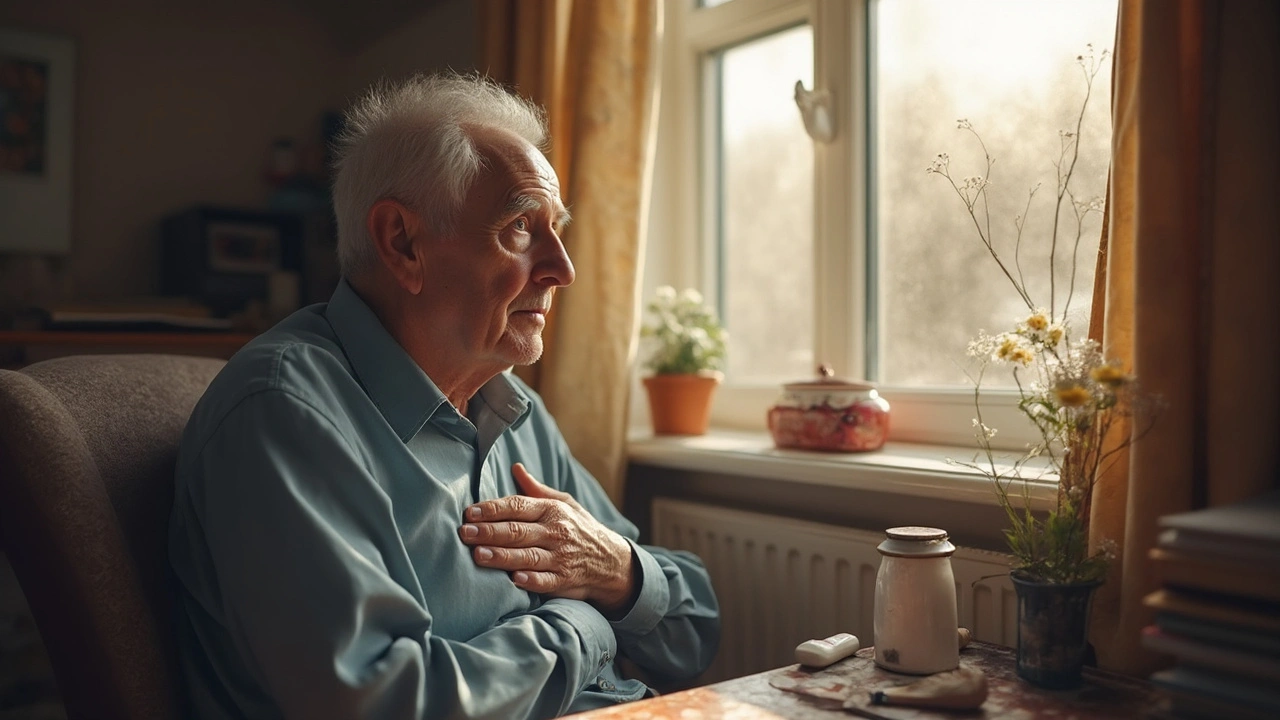
Emphysema and Life Expectancy: What You Really Need to Know
Emphysema has a huge impact on life expectancy and everyday life. This article breaks down what really happens to your body, what numbers and studies say, and what you can do to breathe easier and maybe live longer. We dig into causes, symptoms, treatments, and real-life coping tips that make dealing with emphysema just a bit more manageable.
Read More

